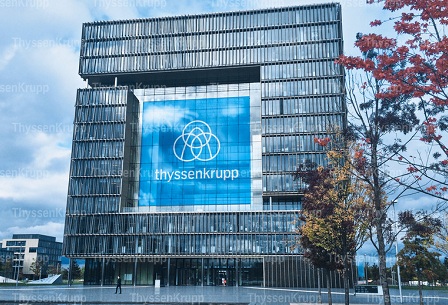The Board of established Australian copper producer Aeris Resources has approved development of the Murrawombie underground copper mine at its existing Tritton operations near Nyngan in western New South Wales. The decision follows completion of a positive feasibility study.
Aeris’ executive chairman Andre Labuschagne says production from Murrawombie will replace current production from the Larsens and North East mines, which is scheduled to conclude in July 2016, with a higher volume and longer life deposit to sustain. Over time this will also increase the supply of ore to the company’s copper processing plant.
“Preliminary site works have commenced. With the portal and 600 metres of the decline already established in 2007, we expect Murrawombie will deliver first ore as early as the end of June,” he says.
“Combined with existing ore being mined at Tritton, Murrawombie will allow us to increase throughput of our processing plant to an annual rate of about 1.8 million tonnes annum in the 2017 financial year and beyond, which will deliver considerable production efficiencies at Tritton.”
Murrawombie currently has an ore reserve of 3.3 million tonnes at an average grade of 1.3% copper. A revision of the mineral resource and ore reserves estimates is in progress.
Capital expenditure to develop the initial Stage 1 lens over a period of 18 months is projected to be $6.4 million for infrastructure and equipment and $8.5 million for capital development. Aeris will fund the capital for this project from operating cashflows and its US$25 million working capital facility.
The Murrawombie deposit is in the southern area of the Girilambone Complex, close to the current Larsens and North East mines. The deposit is the largest known concentration of copper metal on Aeris’ tenements outside the Tritton deposit and was previously mined in the 1990s as an open pit to access the oxide portion of the ore body for heap leach processing. However, the sulphide portion of the deposit was not mined at that time due to its unsuitability for heap leaching.
The underground mine was originally developed in 2007 and then put into care and maintenance during the Global Financial Crisis in 2008. Aeris says the development work undertaken during this period provides a good start with most infrastructure already in place, reducing the up-front capital cost of the project.









